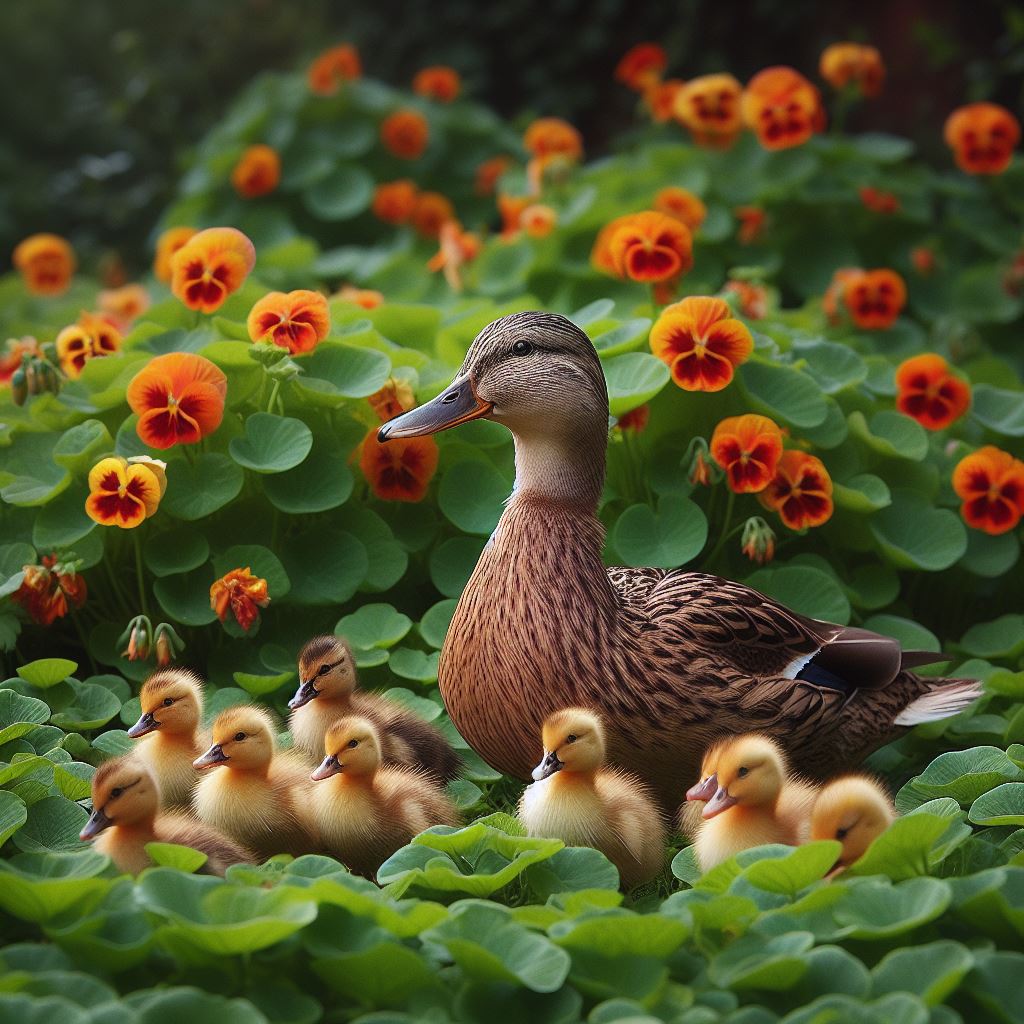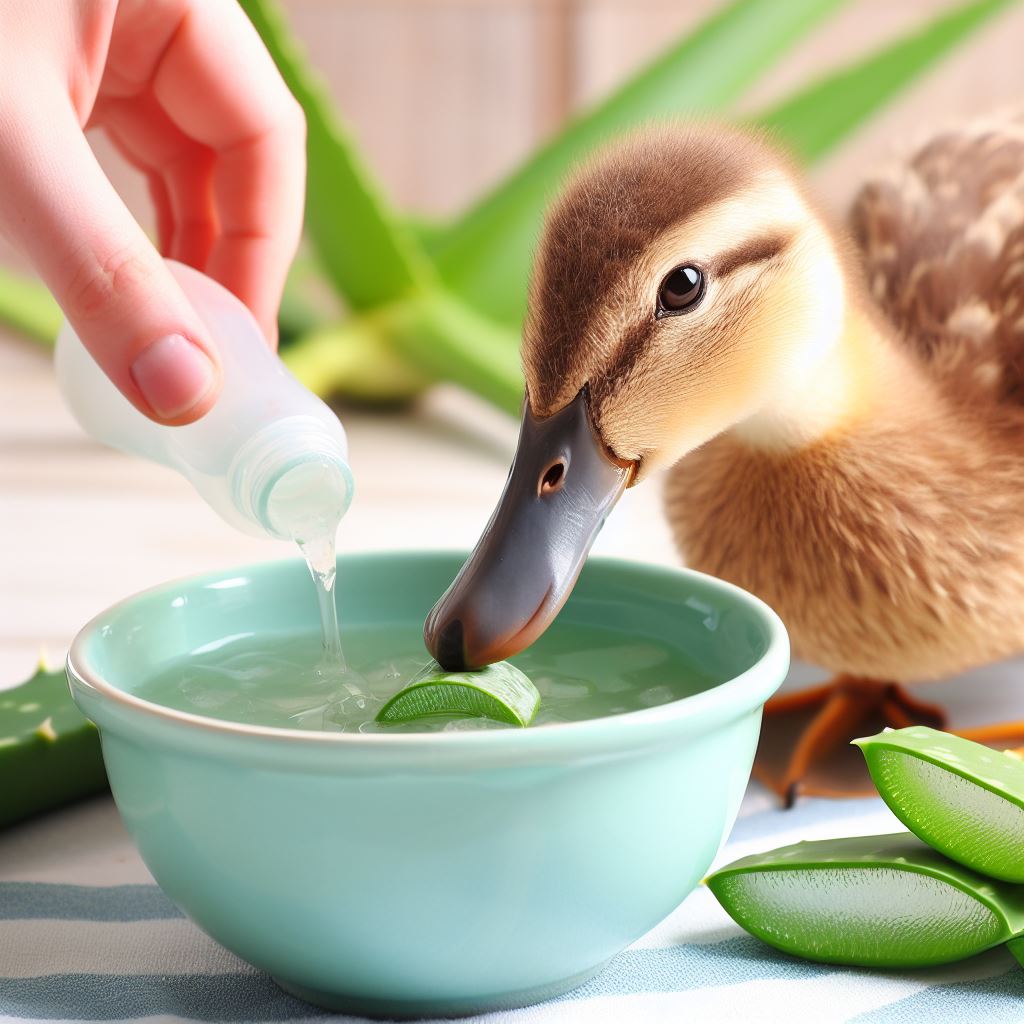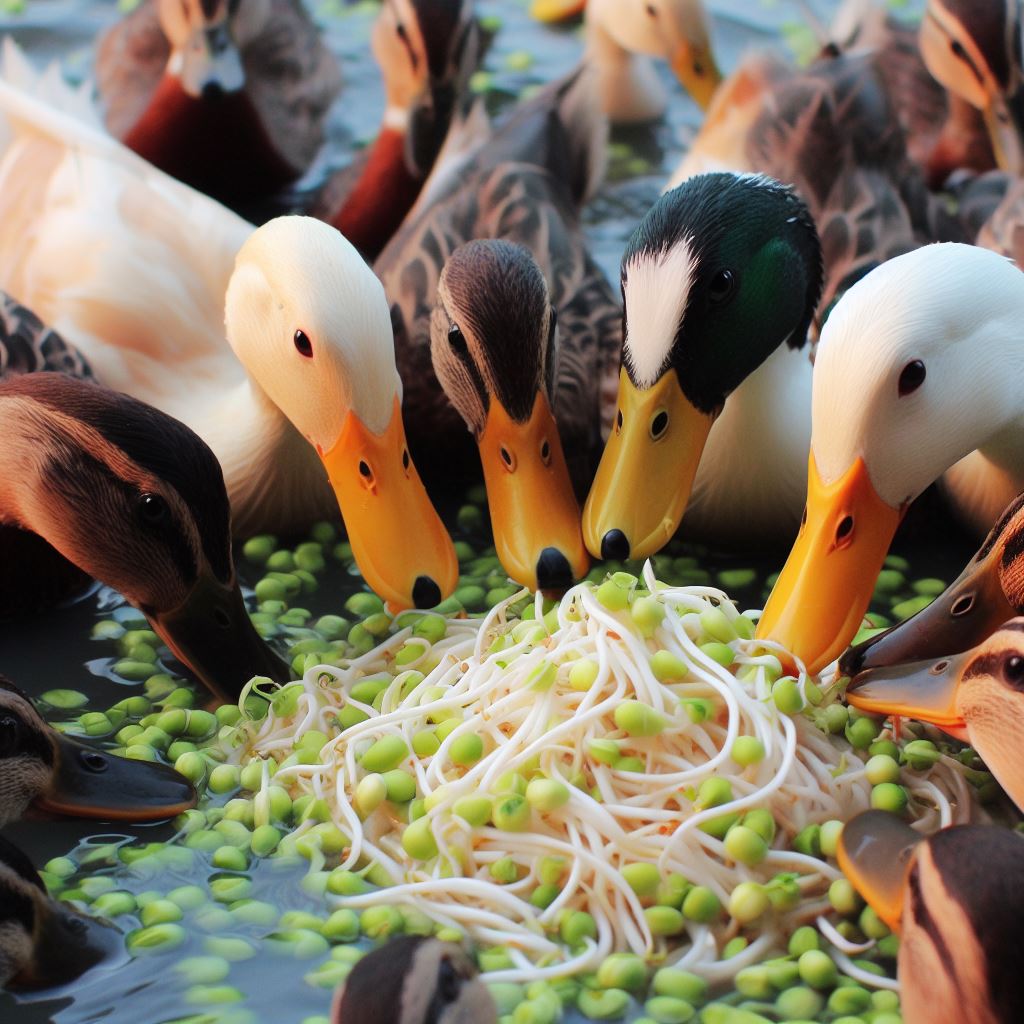Do Ducks Turn Into Swans? Avian Myths

Table of content:
- Do Baby Ducks Turn Into Swans?
- Can a Duck Transform Into a Swan?
- Is It Possible for a Duck to Evolve Into a Swan?
- Do Ducks Molt Into Swans When They Get Older?
- What are the Stages of a Duck Turning Into a Swan?
- At What Age Do Ducks Become Swans?
- Do All Duck Species Turn Into Swans Eventually?
- Final Thoughts
Have you ever seen a duck gracefully gliding across a pond and wondered if it would one day turn into a majestic, white swan? This fanciful idea of ducks transforming into swans has sparked the imagination for centuries. But is there any truth to this belief, or is it just a myth?
Let’s get started unraveling the mysteries around this magical transformation!
Do Baby Ducks Turn Into Swans?
Many people wonder if those cute, fuzzy ducklings they see will one day morph into elegant swans. So do baby ducks grow up to become swans?
The short answer is no. Ducks and swans are separate species that belong to the family Anatidae, which includes geese and other waterfowl. A baby duck will always grow up to be an adult duck.
Swans are members of the genus Cygnus, while ducks belong to other genuses like Anas and Cairina. Some key differences between ducks and swans include:
- Size – Swans are much larger, often weighing 20-30 lbs compared to 1-3 lbs for ducks.
- Shape – Swans have long, curved necks and a straight posture. Ducks have shorter necks and a more rounded, horizontal posture.
- Color – Most swans have white plumage, while ducks exhibit a diverse range of colors and patterns.
- Behavior – Swans are territorial and often mate for life. Ducks are generally social and have a more flexible mating behavior.
So while a baby duck may one day grow as large as a swan, it will never actually be a swan. The two types of birds have distinct anatomies and instincts that set them apart. A duckling’s identity as a duck is there from birth!
Can a Duck Transform Into a Swan?
What if an adult duck suddenly transformed into a swan one day? As wondrous as that sounds, a duck cannot metamorphose into a member of a different genus within its lifetime.
Here’s why a duck-to-swan transformation is biologically impossible:
Genetic Reasons
Ducks and swans have different genetic makeups that determine their appearance, structure, behavior, and capabilities.
For a duck to change into a swan, every cell in its body would need to be reprogrammed with swan DNA. The duck would essentially need to be cloned as a swan! Since we cannot scientifically recode an animal’s entire genetic sequence, a duck cannot transform into a swan.
Anatomical Limitations
A duck’s body is designed to function as a duck, not a swan. It lacks the proper anatomy and physiology to live as a swan.
For example, a duck could not reshape its small, lightweight bones into the larger, heavier skeleton of a swan. Its organs and tissues are also tailored to the needs of a duck, preventing any sort of metamorphosis.
Environmental Factors
Swans occupy a different ecological niche than ducks. A duck does not have the instincts or adaptations to suddenly thrive in the swan’s environment.
Without the appropriate behavior patterns, the duck would be unable to find food, migrate, mate, or evade predators as a swan. Those ingrained capabilities cannot be learned quickly enough to transform into a swan.
So while ducks and swans are feathered cousins, a duck is fundamentally limited to life as a duck. Magic is required to override genetics, anatomy, and environmental behaviors!
Is It Possible for a Duck to Evolve Into a Swan?
Evolution provides a mechanism for major changes to occur gradually over many generations. Could a duck evolve into a swan through an evolutionary process over time?
The answer is no. Here’s why ducks and swans will remain distinct species under evolution:
Reproductive Isolation
For one species to evolve into another, there must be genetic exchange via interbreeding. However, ducks and swans do not interbreed in nature.
Swans have a longer reproductive period than ducks. They also exhibit stronger mate loyalty, staying with one partner for years. These behaviors isolate swans and ducks reproductively, preventing genes from flowing between the species.
Occupying Different Niches
As mentioned previously, ducks and swans thrive in different environmental niches. There is little competition or interaction between the two groups.
Without shared pressures and resources driving adaptation, ducks have no impetus to evolve swan-like traits. Natural selection preserves their niche-specific advantages rather than pushing them into a swan-shaped form.
Different Evolutionary Trajectories
Recent genomic analysis indicates ducks and swans diverged evolutionarily over 20 million years ago. They have since followed distinct evolutionary paths based on their ecology.
It would take an identical environment and selection pressures over millions of more years to now align their evolutionary trajectories. The odds of that occurring are infinitesimally small.
So while evolution allows for amazing transformations, there are too many biological barriers preventing a duck from evolving into a swan. These aquatic birds will continue paddling their own evolutionary path.
Do Ducks Molt Into Swans When They Get Older?
Some imaginative folklore suggests that ducks molt or shed their dull, juvenile plumage to reveal stunning white swan feathers in adulthood. Is there any merit to this magical idea?
Here’s a look at why ducks do not molt into swans:
Molting Does Not Alter Species Type
Molting is the periodic shedding of old feathers and growth of new feathers. All birds molt to some degree for maintenance and repair.
However, molting serves to replace worn plumage, not morph a duck into an entirely new species. The new feathers may look different due to changed diet or habitat, but never enough to transform into a swan.
Juvenile Duck Feathers Are Not Drab
People may assume ducklings start drab brown and gray before molting brilliant white. In truth, many duck chicks exhibit colorful, complex patterns like their adult counterparts.
For example, Mallard ducklings have yellow and brown stripes similar to adult females. Even if these juvenile feathers molt, they cannot molt into the larger, all-white feathers of a swan.
Swan Colors Are Not All White
Finally, not all swans even have pure white plumage. Some swans have black feathers mixed in with white, especially as juveniles.
So even if a duck could hypothetically molt into a swan, it may still retain non-white colors typical of young swans. The popular image of a snowy white swan is only part of swan diversity.
What are the Stages of a Duck Turning Into a Swan?
Since we have established that ducks cannot become swans through a physical metamorphosis or gradual evolution, the idea of stages is purely make-believe. However, it’s fun to imagine what spectacular magic might transform our web-footed friend!
Here are some fantasy “stages” for shapeshifting a duck into a swan:
Stage 1: Initiation
Some mystical force gives the duck an impulse to transform. Perhaps a magic spell is cast or the duck swallows an enchanted pebble. Subtle energy ripples through its body, preparing cells for change.
Stage 2:Acceleration
The magical forces grow, catalyzing the transformation process. The duck’s body starts elongating and growing. Its neck extends while white feathers begin peppering its skin.
Stage 3: Transformation
The duck’s transition accelerates rapidly. Its yellow beak brightens to orange and lengthens. Gray down morphs into a thick coat of white feathers. The rounded body stretches into a long, sinuous shape.
Stage 4: Integration
Finally, the swan emerges in full form. It glides gracefully across the pond, long neck curving and full wings spreading gloriously. The swan now thinks, acts and feels like a swan. The change is complete!
And so the ugly duckling becomes a beautiful swan in this fanciful morphing journey. Of course, these stages only exist in myths and children’s stories…for now!
At What Age Do Ducks Become Swans?
Given ducks and swans are different species, there is no age where a duck turns into a swan through natural life stages like adolescence or old age.
However, we can still compare when ducks reach maturity versus swans:
- Ducks: Most ducks reach sexual maturity and full adult plumage between 1-2 years. Some species like Mallards achieve maturity in just 4-5 months!
- Swans: In contrast, swans take much longer to physically mature. Mute swans reach adult size at 4 years old, while other swans don’t complete growth until age 2-8.
Additionally, swans have a longer lifespan than ducks:
- Ducks: Average life expectancy is generally 5-10 years, with the oldest recorded at 20 years.
- Swans: Can live 20-30 years in the wild on average, with the longest recorded at 80 years! Trumpeter swans have survived to 50 years in captivity.
So even if we pretend ducks morphed into swans, it couldn’t happen until swans reach full size and breeding age at 4-8 years minimum. Of course, ducks remain ducks throughout their much shorter 2-10 year life span.
Do All Duck Species Turn Into Swans Eventually?
There are around 120 species of ducks in the Anatidae family. Do all duck species get to make the marvelous change into swans?
Unfortunately, no duck species can naturally turn into one of the seven species of swans in the Cygnus genus.
However, if it were possible, here are some likely candidates that show more physical and behavioral similarities to swans:
- Mute Swan – The Black Bellied Whistling Duck has a long neck and an upright stance like the elegant Mute Swan. If any duck was going to turn into a swan, these two look most alike.
- Trumpeter Swan – The mute but large-bodied Ruddy Duck has the hefty proportions to perhaps transform into a Trumpeter Swan.
- Tundra Swan – The Eurasian Wigeon duck shares the Tundra Swan’s range and wedge-shaped head.
- Black Swan – The Australian Pink-eared Duck may be predisposed to turn black and become the Black Swan, its fellow Aussie.
Of course, all ducks and swans have adapted uniquely to their habitat over eons. And none can shapeshift into the other – only our fantasy explanations can!
Final Thoughts
While ducks cannot truly turn into swans in real life, the appeal of this magical transformation is undeniable. It serves as a beautiful metaphor about growth, hope and reinvention.
Next time you see a duck, observe how its adaptations make it a successful duck. Likewise, admire how the swan’s majestic form equips it to excel as a swan. Appreciate nature’s creatures for their own distinguishing traits rather than what we imagine they could be.
Mother Nature has crafted wondrous diversity over time. Whether duck, swan or other creature, we each have our own potential to celebrate and nurture.
Welcome. I’m Adreena Shanum, the proud owner of this website, and I am incredibly passionate about animals, especially poultry. I founded adreenapets.com as a labor of love, stemming from my desire to share my knowledge and experiences with poultry enthusiasts worldwide.




